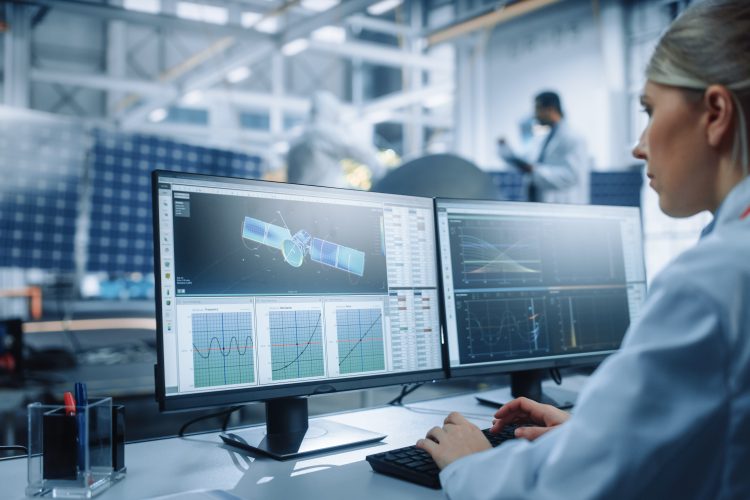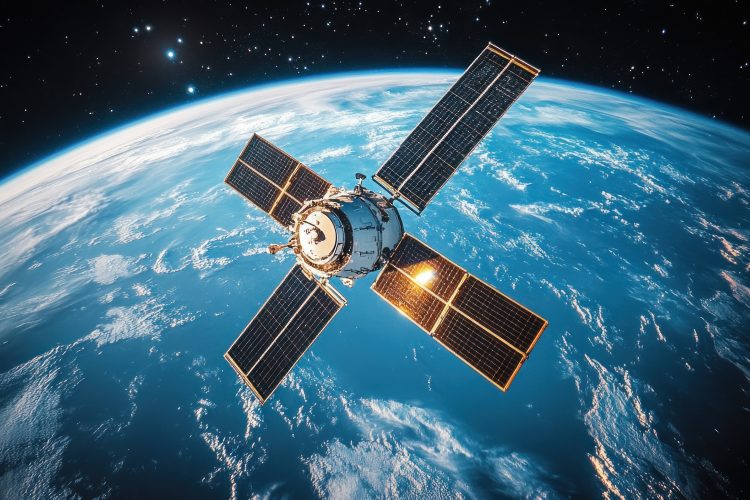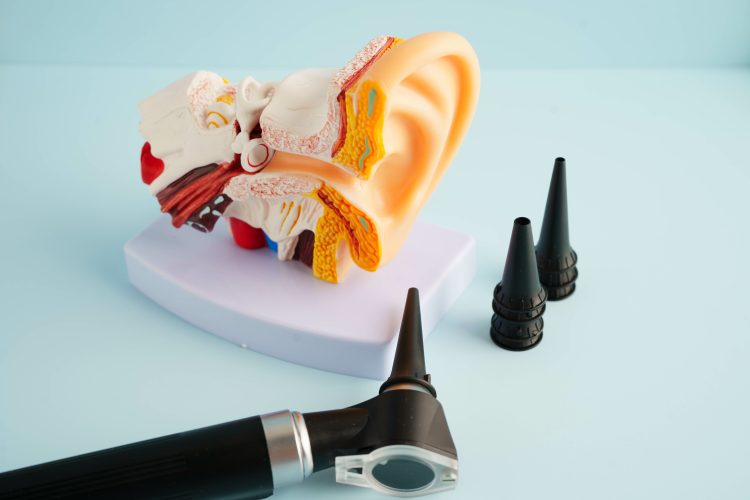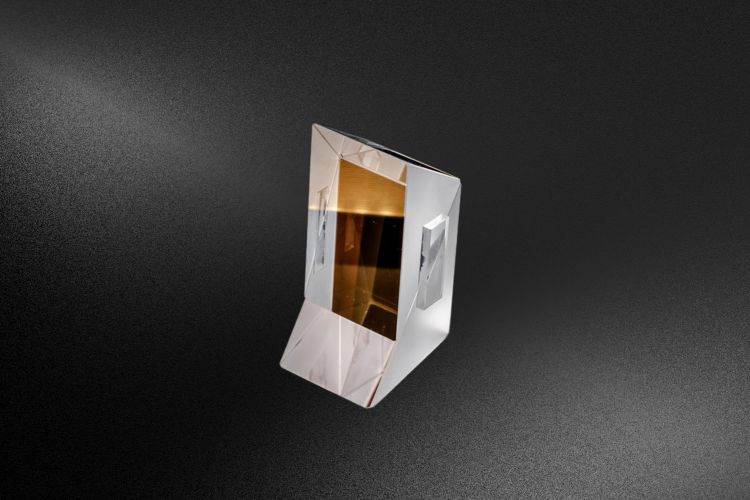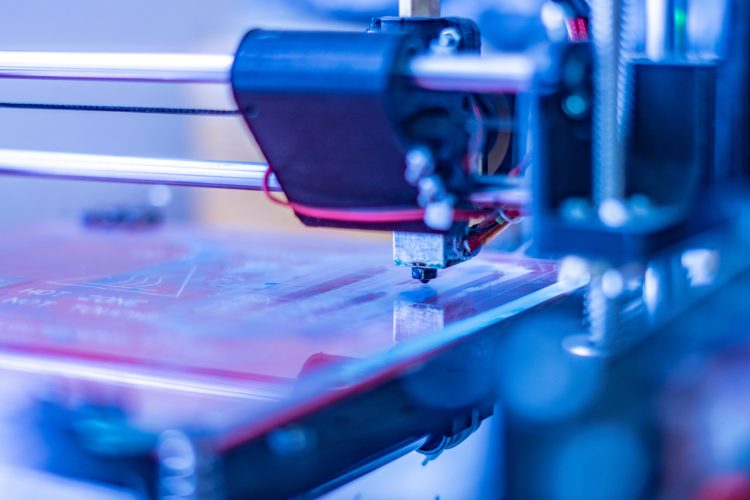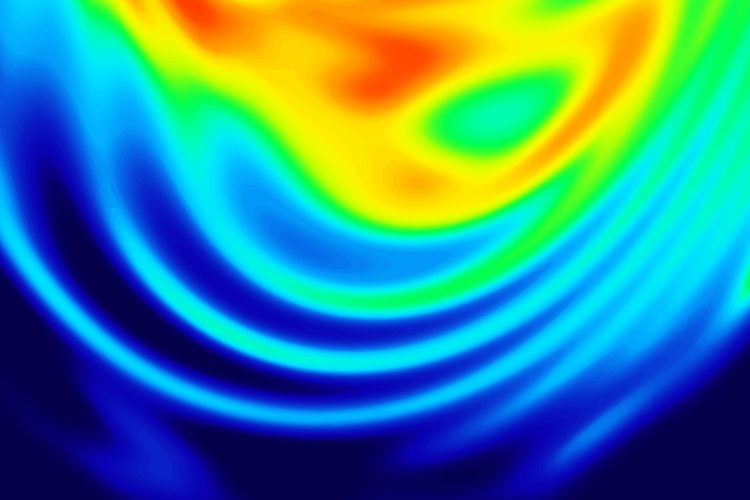Key Takeaways Diffuse Optical Tomography (DOT) is a non-invasive imaging technique using near-infrared light to visualize optical properties of soft tissue, such as brain or breast tissue. By analyzing light absorption and scattering due to chromophores like hemoglobin, DOT enables real-time imaging of tissue oxygenation and composition. Techniques include time, frequency, and steady-state domain systems. […]



